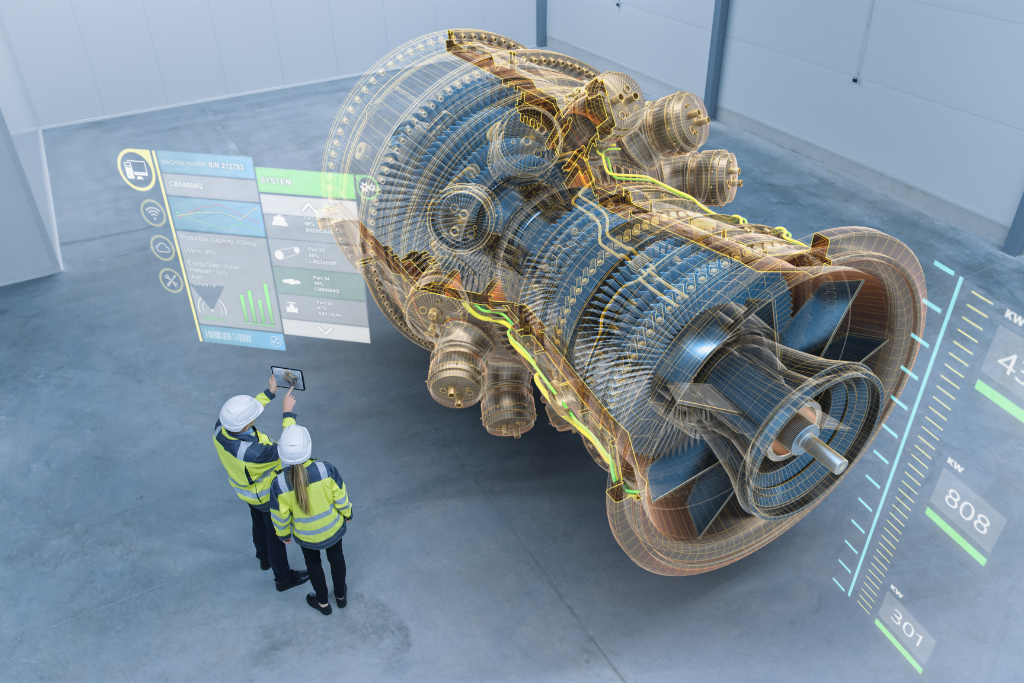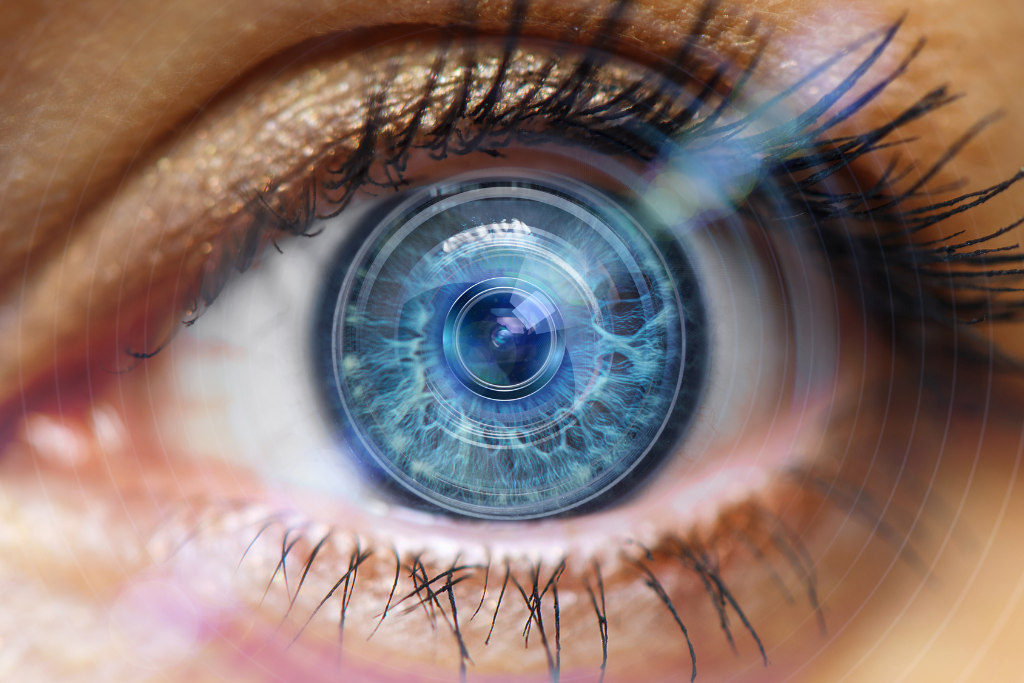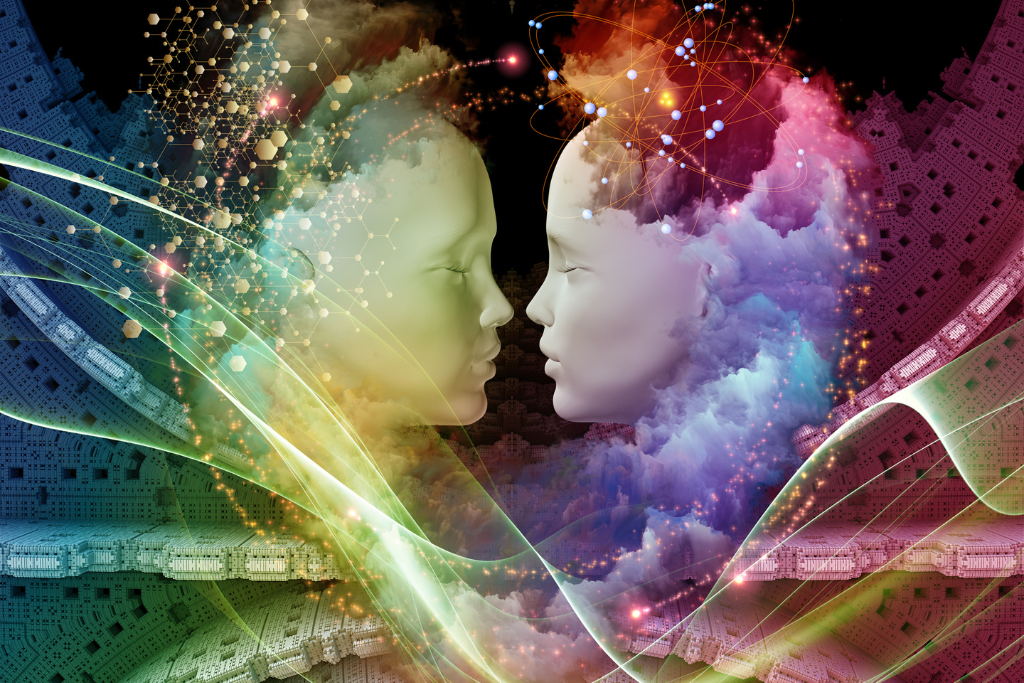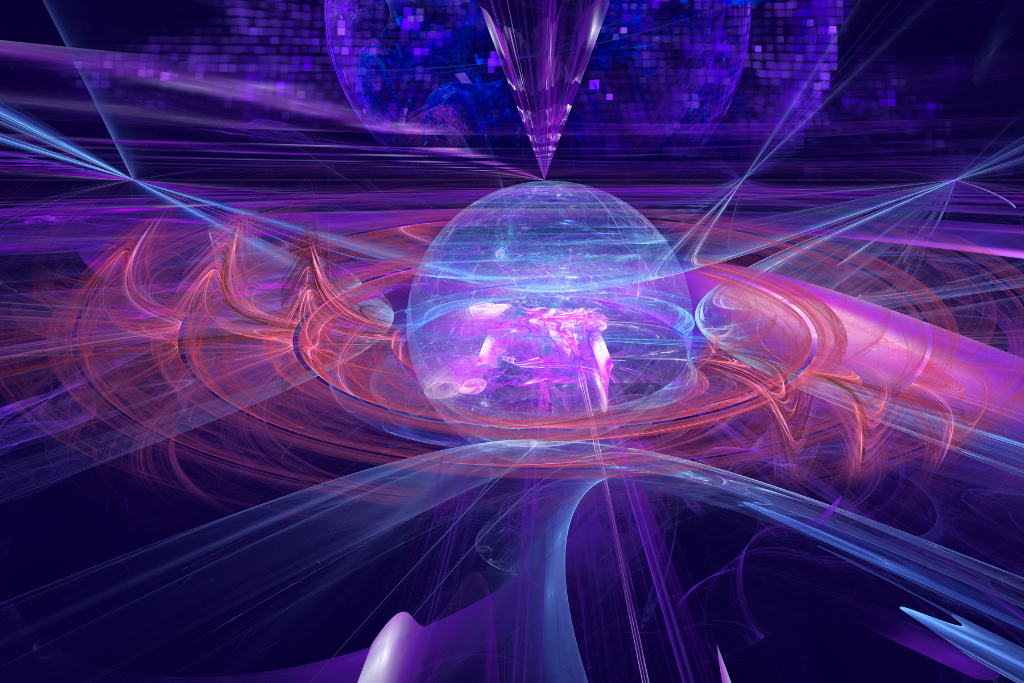A guide to the types of visual effects can help you understand how the technology behind a movie is created. You can learn about the different types of VFX, including temporal aliasing, match-moving, digital compositing, and motion capture.

Temporal aliasing
Temporal aliasing occurs when pixels interact with their scene content. It can show up as a fake movement in places with a lot of detail and as a noise tester when hatching. It can also appear as restless lines and banding across even hatching. When aliasing happens in movies or visual effects, it can be very annoying to watch.

This happens because of how computer graphics and signal processing are used to handle video signals. This aliasing effect can be seen in the wagon wheel effect in films. The camera’s speed increases, while objects slide to the left. With stereoscopic glasses, you can see this effect in both two-dimensional images and three-dimensional movies.
By finding and processing artifacts, the present invention solves the problem of aliasing below the Nyquist-Frequency threshold. The method has steps for finding and working with artifacts, as well as an algorithm for getting rid of them.
Match-moving
Match-moving visual effects are a key part of the visual effects process in films. Artists and directors can use this technique to add computer graphics to live-action footage without making the shot look fake. Match-moving works by making sure that the size and speed of live-action objects match those of the still image in the background.

Tracking the movement of an actor in two-dimensional space and using a tracking matte is how match-moving is done. The motion tracking algorithm can then calculate the exact position of the object across a series of frames. This process can also be used in the film to replace billboards that may be in the background. After-effects programs like Adobe After Effects have the necessary tools for this task. However, not all composing programs support match-moving.
Match-moving visual effects in films are very common in Hollywood. With the way technology has changed in the film industry, this method is now used by all movie production studios around the world. It allows movie makers to see 3D elements on the screen as soon as the actors take a take. Although the accuracy of this process is not perfect, it can give the film crew hints about the final product. Moreover, it can allow the production crew to have a better idea of how the CG characters will look in the film.
Digital compositing
Digital compositing is a key part of film production. Composing is a complex process that combines many different elements into a final image. Compositors usually use a computer to make a scene, character, or object look as real as possible. This allows them to optimize the look of the scene and the actors’ appearance. They can also improve the lighting and add textures to make things that don’t really look more real.

The book is written in a practical, step-by-step fashion and addresses the problems experienced by professional compositors. It covers common issues such as poorly shot elements, coloration artifacts, and mismatched lighting. It also provides useful techniques for matte extraction, compositing operations, and color correction.
In the early 1990s, digital compositing was becoming a vital part of film production. Its use helped the industry transition to computer graphics. Filmmakers soon saw how photorealistic effects could be used, and digital technology helped make images look more real.

